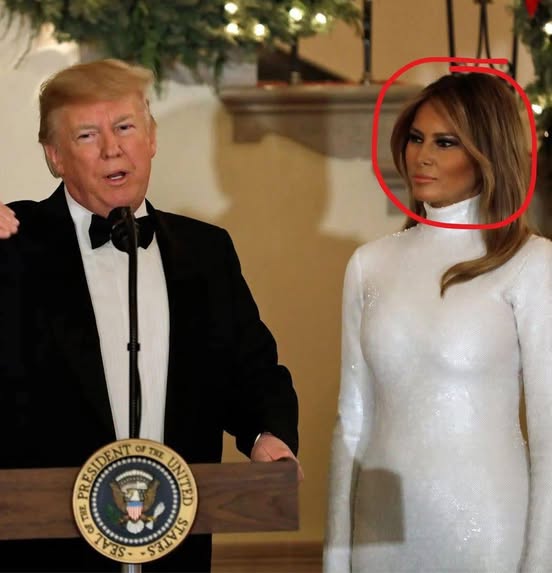Soon, medical professionals chimed in to offer grounded explanations. Dr. Dennis Schimpf proposed that subtle changes in Melania’s appearance might stem from dermal fillers—non-surgical treatments often used to restore volume and contour. Dr. Gary Motykie suggested rhinoplasty or Botox could account for a more refined nose and smoother forehead. Both emphasized that such procedures are common and not always immediately noticeable to the untrained eye.
Others looked to a different cause: stress. The toll of campaign season, public appearances, and constant scrutiny can visibly affect a person’s skin tone, muscle tension, and overall appearance. Some argued that signs of fatigue or emotional wear could easily be mistaken for surgical enhancements—or even a different person altogether.
The internet, however, remained divided. Supporters defended Melania’s right to manage her look without public judgment, noting that celebrities often switch up their style or undergo cosmetic procedures without explanation. Critics were less forgiving, recalling her past denials of cosmetic work. One comment summed up the sentiment: “With that kind of budget, why not?”
Whether the product of expert styling, aesthetic procedures, or just exhaustion from life under the spotlight, Melania Trump’s election day appearance became a lightning rod for online speculation. More than just a fashion moment, it underscored how quickly viral theories can take hold—and how easily perception can shift in the age of instant images and trending hashtags.

